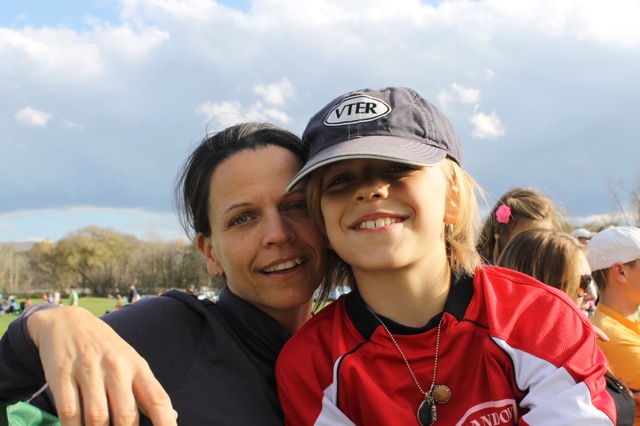TOUCHED BY LYME: The 17th nail and what families need to survive it

Guest blog by Rebecca Zelis
“Think of the chronic illness patient as someone with sixteen nails in his or her foot. Their physician might identify several nails in the workup, and treat those specific causes, but often, if they do not achieve a positive result by pulling out one of the nails, they believe that they have erred in the diagnosis. However, this does not mean they were wrong. If the patient still complains of pain, it means that there are fifteen nails left behind to explain the chronic foot pain. It is therefore essential to look further and find all of the nails causing the pain.” – Dr. Richard Horowitz
Medical and patient communities have been tireless in advocating for prevention, better testing, research funding, and effective treatment protocols for Lyme disease and other tick-borne infections. These important efforts have resulted in increased awareness and diagnosis of Lyme and related diseases, along with greater scientific understanding of tick-borne infection and illness.
However, to individuals and families affected by Lyme disease, the cause of their illness is secondary to the experience of the disease. Loss of employment, fundamental identity changes, social isolation, depletion of resources, suspicion and skepticism make up the collective Lyme experience. Family members, hospitals, doctors, schools and educators – people and institutions many were raised to trust and rely on – become sources of doubt, conflict, and confusion.
Themes of misdiagnosis, children malingering, infections mislabeled as psychiatric illness, and families having to fight for basic consideration and care are common to the Lyme experience. These themes reflect more than the challenge tick-borne illness presents to medical researchers and diagnosticians, they reflect the true nature of our systems and communities that struggle to support, or even accommodate, people who are not functioning at their best.
Healing tick-borne infections is more than a scientific challenge. Caring for someone affected by Lyme disease requires multiple competencies outside of direct medical care. Building support networks, managing relationships, changing lifestyle habits, redefining priorities and goals, managing stress, and organizing the logistics of care are all aspects of care not currently addressed in treatment guidelines. This must change.
Treatment plans should include interventions that mitigate the psychosocial effects of tick-borne illness on patients and families. Self-care for individuals caring for a child or family member with tick-borne disease must be defined and supported. Communication between patients, physicians, schools, and mental health providers should be facilitated, and assessments of a patient’s and/or family’s skills and resources should be an integral part of treatment planning.
Economic resources, social support, good communication, family cohesion, mental health, and life-skills have all been shown to contribute to better outcomes for patients with chronic illness and their families. It is significant that these are the very characteristics placed most at risk by illnesses like systemic Lyme disease or MSIDS. The psychological effects of Lyme and tick-borne disease, including reduction of parental availability, reduced income, and social isolation, potentially have lifelong consequences for children and families.
Skilled mental health professionals should be integrated into treatment teams to offer proactive psychosocial supports to patients and families affected by Lyme and related diseases. Considering a patient and their family as part of an environmental, social, personal, cultural and economic system could offer broader options for effective medical treatment. Addressing the “17th Nail” – the challenging and often traumatic experience of individuals and families affected by Lyme and related diseases in our communities, systems and institutions – would result in better experiences and outcomes for patients and their families.
Rebecca Zelis shares what her family has learned from Lyme disease with the hopes of helping others in a similar situation. She can be contacted through her websites: www.vermontlyme.com and www.caringforandhealing.org.




















Could not have said it any better. ..I have experienced it all!